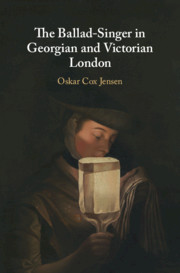The aim of this study is to elucidate the genesis of communality in the urban street. Although in the modern world cities have long been seen as research laboratories, in today's context of globalization they are becoming more radical and dynamic; they are becoming experimental theatres of social change. Since the end of the twentieth century, the political and economic reorganization of the world order is producing dramatic changes in various societies throughout the globe. This is bringing about changes which tend to standardize society and atomize individual subjects. These changes are seemingly connected, but they do exist alone, separately. In this complex situation, we are confronted with the fundamental question, how can people construct communality transcending differences among them? The present study looks for an answer to this question, paying special attention to collective violence in the urban street, where ‘emergent but real’ norms are constructed among the rioters and the communality genesis mechanism is activated. In order to make a case for this urban communality, the analysis focuses on events in the streets of Nairobi at the time of the Second Liberation of 1990s and during the Post-Election Violence of 2007–2008. People with different political and religious affiliation and ethnic identity were involved in violent urban riots. They were originally strangers, but they generated new social order and norms. In the street, they constructed and shared a provisional communality, which was emergent and fluid but also real and firm.


